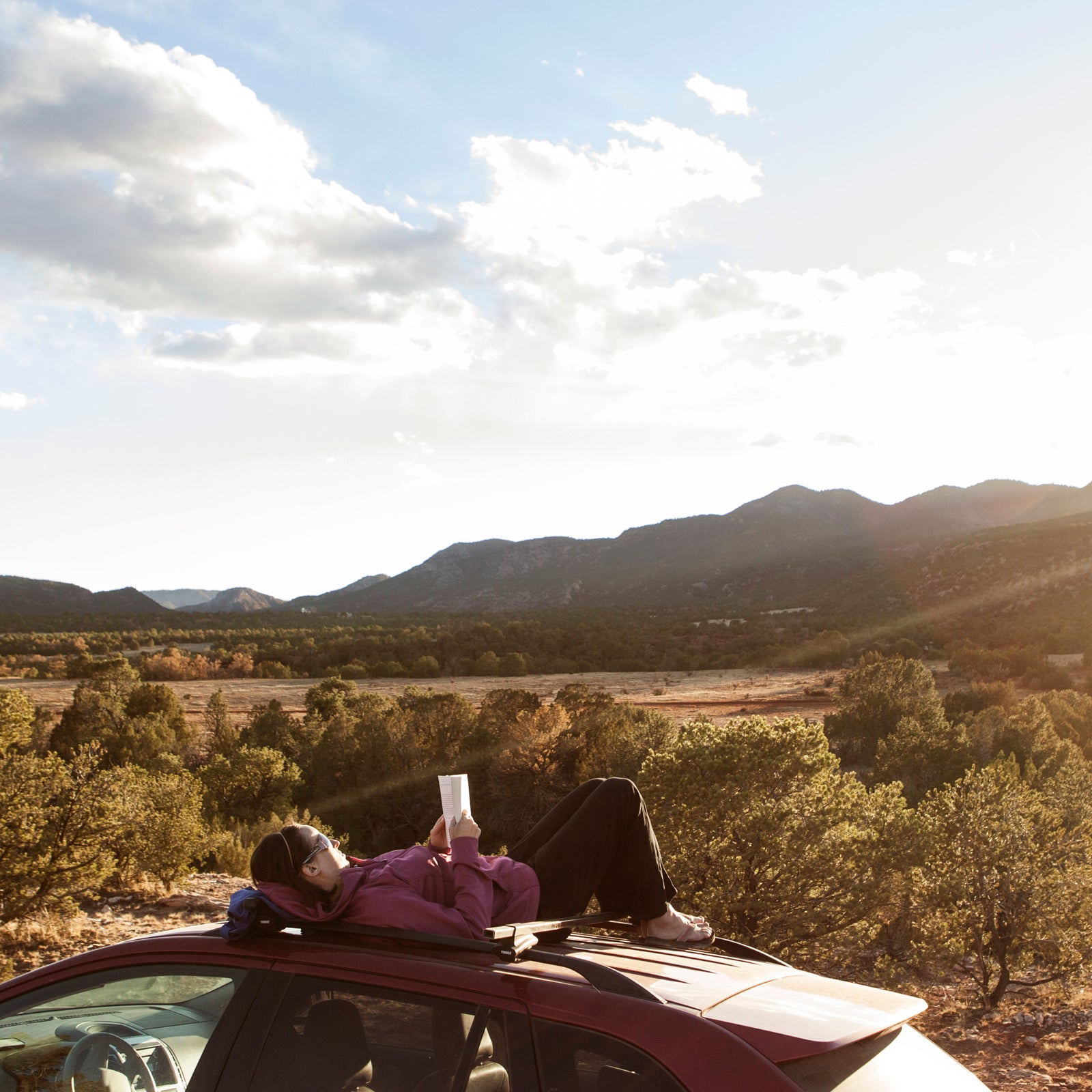If you’re reading this, we probably don’t have to sell you on the fact that books can be transformative. From changing our minds to empowering us to take action, reading makes us better, and as writers and editors, it’s what keeps us going. In that spirit, we asked ���ϳԹ��� staffers to share a life-changing book that would make for a great gift this holiday season.��
‘Tiny Beautiful Things,’��by Cheryl Strayed ($13)
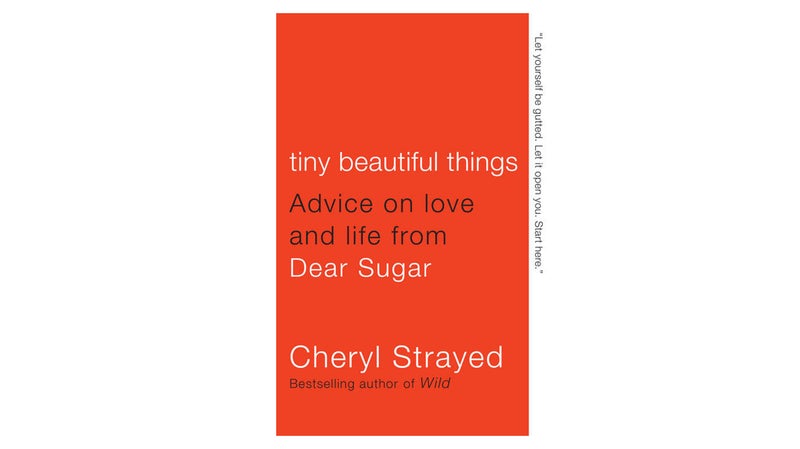
Strayed is well-known for her bestselling memoir Wild��and may be largely responsible for the in the number of PCT thru-hikers since the book was published in 2012. (The phenomenon has been dubbed the Wild��Effect.) So while her memoir has changed the lives of many more people, it was another book published the same year, —a collection of her Dear Sugar��advice columns from —that changed mine. At the age of 30, I’d just quit my marketing job to try and��start a career as a freelance writer. I was struggling to find work, feeling alone and broke, and constantly wondering if I’d made the right move. One day��while browsing the public library in Boulder, Colorado, I picked this book up from a table of recommended reads. I devoured half of it in an afternoon on my couch. As an anonymous advice columnist named Sugar, Strayed responded to people who were dealing with problems ranging from the mundane to the seemingly impossible: An aspiring writer who wonders if she’ll ever make it. A young man born with physical deformities who wants to know if he should just give up looking for love. A woman who lost her baby in a miscarriage. Another young man who simply asks, “WTF”��is up with this life? Her responses are so profoundly true and compassionately delivered, I found myself sobbing on the couch, then Googling her name—I had to know who this woman was. What I learned was that Strayed was teaching a writing workshop in Chamonix, France, that July. I ended up registering and spending three months in the Alps, writing, mountain-biking, overstaying my visa, and ultimately landing my first full-time job in journalism. Now I give this book to friends who are going through a life transition, hardship, or turmoil, because I am certain something from Sugar will help to move their lives forward, too. —Gloria Liu, features editor
‘Tatterhood and Other Tales,’��edited by Ethel Johnston Phelps ($15)
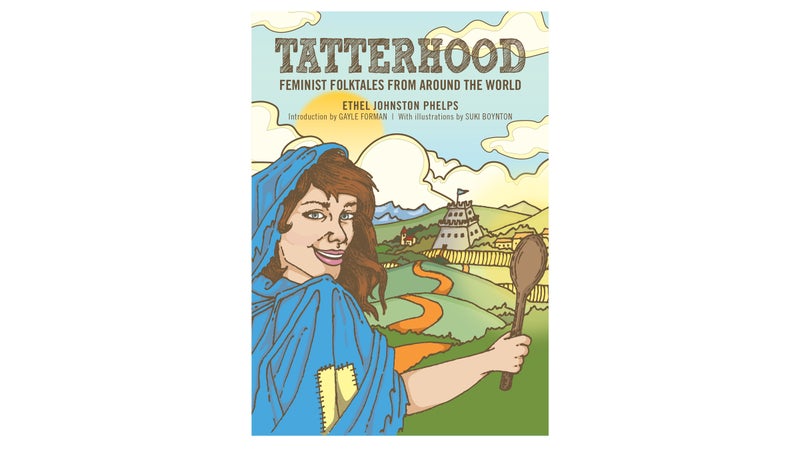
When I was little, I was obsessed with fairy tales—the animated Disney musicals, the super dark Grimm versions, and everything in between. Since this was in the eighties (well before the capable princesses of Brave, Tangled, and Frozen), my mom wanted to make sure it didn’t warp my perception of healthy gender roles. So she got me , a collection of stories from around the world featuring strong, smart, adventurous women. It completely shaped the way I played outdoors: I spent hours in the woods looking for fairy mounds and magical lakes, confidently seeking the unknown instead of waiting around for a prince or a witch to show up and change my life. Every magic-loving kid should have this one on their bookshelf.��—Aleta Burchyski, associate managing editor
‘Savage Dreams: A Journey into the Hidden Wars of the American West,’��by Rebecca Solnit ($24)
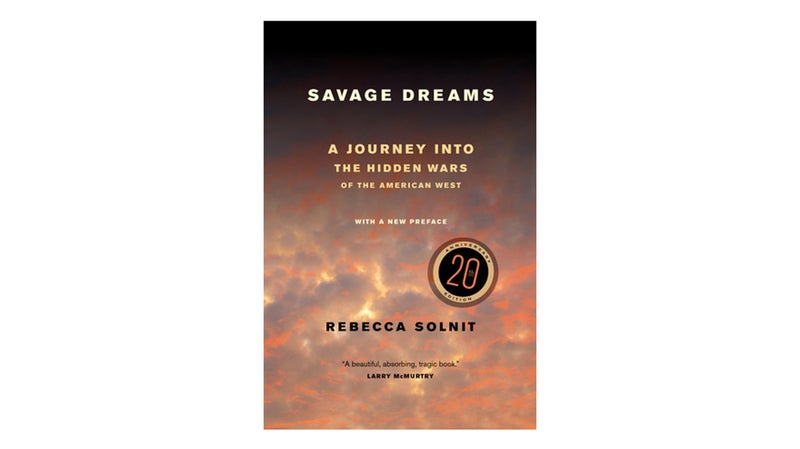
Solnit is wonderful and prolific, and though I don’t��know if this is necessarily my favorite by her (I couldn’t��choose, I love everything she writes), it was the most impactful. This was the first title of hers that I read, and it was also the first book I read that challenged my own notions of wilderness. It’s��a deeply researched and reported account of what she calls the “hidden wars of the American West”: the violent ousting of Indigenous people from Yosemite in 1851 and the nuclear testing at the Nevada Test Site a century later. Solnit’s��work, which is part criticism, part journalism, part history, and part memoir, has greatly informed my own interests as a writer and a reader. And the ideas that she presents in this work led me to educate myself and think more critically about the way I interact with places I consider “wild.”��—Abbie Barronian, associate editor
‘Sometimes a Great Notion,’��by Ken Kesey ($14)��
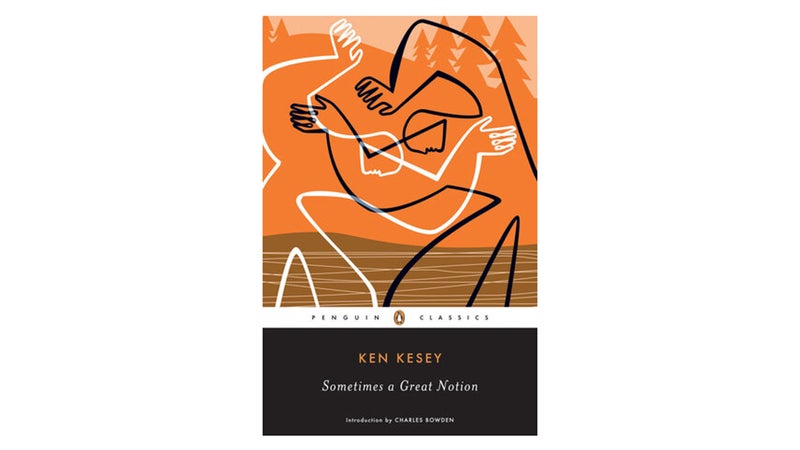
There is only that gives me chills when I think about it. Ken Kesey wrote this epic saga about a strike-breaking logging family on the Oregon coast at the peak of his powers, a couple years after he penned his most famous novel ��and before he went all in as a leader of the acid-consuming 1960s vanguard. A lot of my love for this tale is its sense of place. I grew up in southern Oregon, where the book is set, and this was the first and only time I’ve read anything that truly captures the essence of that damp, sparsely populated stretch of country, both the people that inhabit it and the landscape in which they reside. It’s not an easy read—Kesey switches first-person narrators frequently throughout the 600-plus pages, sometimes in the middle of a paragraph—but once you find the flow, it feels as natural as floating with a river current. The characters are right out of a Greek epic, honed out of marble and often just as unmovable, but they all feel familiar, from the blue-collar, out-of-work loggers, to Leland, the black sheep of the Stamper clan. It’s heartbreaking, human, and reeks of the dank saltiness of my hometown, which, when I read it for the first time, made me realize that no matter where you live, there are fantastic stories lurking there. That, and for a taste of home, is why I return to it again and again. —Will Taylor, gear director
‘Oracle Bones,’��by Peter Hessler ($14)
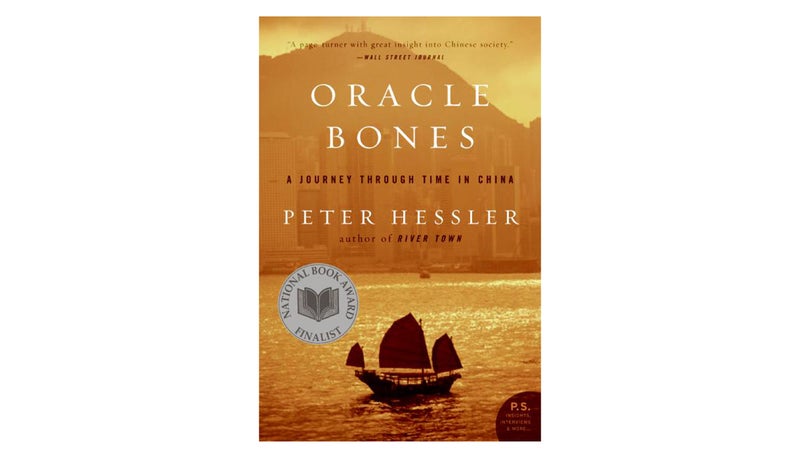
I decided to study��Chinese in college on a whim, and two years later, I signed up to study abroad in Yunnan knowing very little about the country. I felt intimidated about going to a place that seemed so vast and impenetrable until I picked up , by New Yorker staff writer Peter Hessler. It’s��a sweeping book, but it’s��anchored by the stories of a series of ordinary people, most of whom Hessler met while teaching them during a Peace Corps stint in Szechuan��in the 1990s. He follows them as they navigate China’s��economic and cultural sea changes, finding jobs in factories and boomtowns far from home��or, in the case of a Uighur trader, sneaking out of China to the U.S. It made me fall in love with narrative nonfiction and realize the power of connecting with characters to better understand a place or an issue. I brought that book with me everywhere during the eight months I spent in China, and it inspired me to pursue a career in magazines, where I could work on longform stories. I now give the book to anyone who tells me they think nonfiction is boring or who wants to better understand the mind-boggling transformations that have occured in China over the past couple of decades. —Luke Whelan, senior editor
‘House of Leaves,’��by Mark Z. Danielewski ($20)
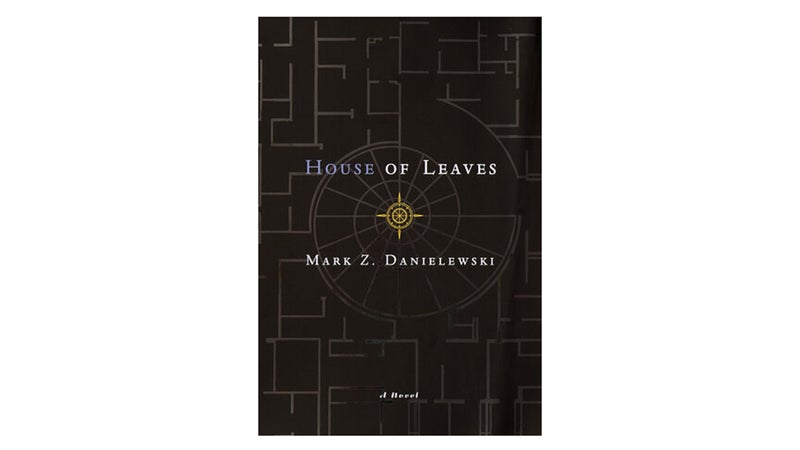
Combine house-based horror with the footnotes-in-footnotes writing style of David Foster Wallace and the seemingly drug-fueled vibes of an and you get this book. It is, admittedly, not for everyone, but if you have someone in your life who might read that description and be excited to sink their teeth into more than 700 pages (many of which are, oddly, blank), it would make a beautiful and unique gift. Over the course of the months it took me to read it, altered how I thought about reading, writing, and the limits of what books can be. —Maren Larsen, assistant editor
‘What Color Is Your Parachute?,’��by Richard N. Bolles ($20)
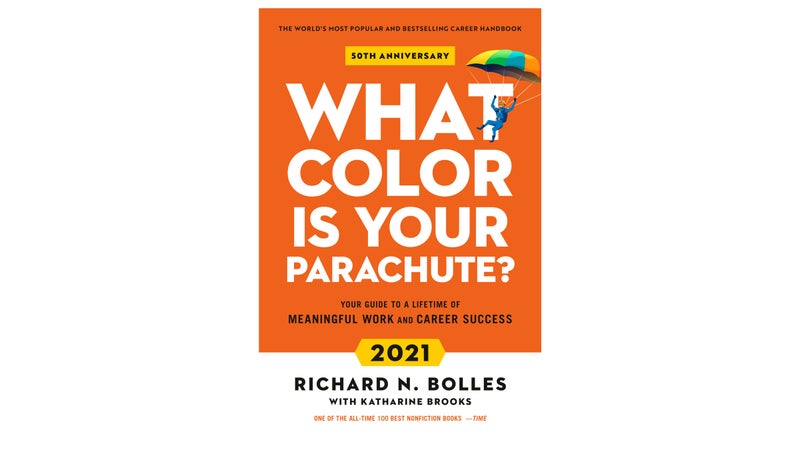
In many ways, I owe my job at ���ϳԹ��� to . After graduating from design school, I was a little unsure about what my next step would be. Up until then, I’d identified as a graphic designer for my entire academic and professional life, and yet the skills I loved to use most didn’t always match with that path. For anyone feeling a little lost professionally or looking to pivot careers, I highly recommend picking this up and skipping straight to the flower exercise. I’ve gifted this to several friends, many of whom have yielded the self-reflective benefits! —Jenny Earnest, audience development director


